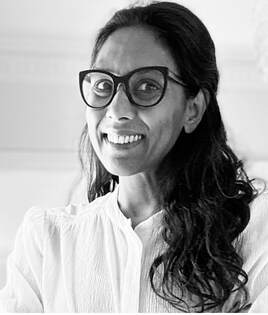 Business Affairs Executive Nelum Pigeard
Business Affairs Executive Nelum Pigeard ELA:Let's start with your background as a French attorney working in the entertainment industry in Paris. Can you tell me more about your experience in that field and how it shaped your career?
NP: I began my career as an attorney in Paris, specializing in intellectual property law. After graduating, I was hired in a law firm as a junior attorney but very quickly I had a sense that I should try and open my own firm. After 2 years, I was able to open my own practice. At that time, that was very surprising as junior attorneys usually stay for 5 to 10 years in a firm before starting their own practice. I was confident.
I started working with clients in the entertainment business and my strategy was to build with them a kind and friendly relationship focusing on their needs and with a business oriented type approach. My practice expanded quickly as my clients were recommending me to their friends and business partners and them to their friends and business partners, etc. During that time, I had the opportunity to work closely with clients from all different entertainment oriented industries including music, production, television, events and advertising.
One of my clients, a small communication company was bought by the media giant Young & Rubicam. They wanted me in and so they introduced me to the group. When I met with them, they kindly told me that the group already has a ton of outside counsels from the biggest and fanciest possible firms in Paris. However, they offered to hire me in-house to manage the Business Affair department of the Paris office. This was a proposal I could not refuse as it gave me the opportunity to be even more involved on the business and even creative side of creation especially in the very dynamic advertising world. I was working with all different advertising type agencies under Young & Rubicam (digital, events, broadcast, music, talents, arts, etc.), and I gained valuable insights into the legal aspects of the industry especially all highly regulated compliance matters. It was an exciting period where I demonstrated my ability to navigate the intersection of law and creativity.
ELA:That sounds like a fascinating experience. How did your transition from the advertising industry in Paris to your current role as a business affairs executive in Los Angeles' television industry? What motivated you to make that career change?
NP: The advertising business is at the intersection of many different forms of creation: writers, designers, musicians, photographers, talents, actors, production, shooting, etc. And what I really love and what I am really good at is the business side of it. When I moved to Los Angeles, and Los Angeles being the heart of the television industry, it felt very natural to transition from advertising to television. My background handling the business side of a global company such as Young & Rubicam and my ability to work in multiple languages and to bring innovative ways to handle complex deals, definitely positioned me in the television industry.
ELA: Could you describe some of your responsibilities as a business affairs executive in the television industry? What are the key challenges you face in this role?
NP: I work for the U.S. subsidiary of a renowned French company, Gaumont. One of my primary responsibilities is to handle complex business subjects between the French entity in Paris and the US entity as well as with international business partners. Within this multicultural and international environment, I work closely with creatives to understand and negotiate major deals in connection with their projects, talent agents, and network executives to negotiate and draft contracts, manage rights and clearances, and ensure compliance with industry regulations on a global scale.
One of the key challenges in this role is striking a balance between protecting the interests of all parties involved while maintaining creative integrity. Negotiating contracts that satisfy both talent and production teams can be complex, as each project has its own unique considerations. Additionally, managing intellectual property rights, navigating distribution agreements, and staying updated on evolving industry standards pose ongoing challenges especially in a very global environment.
ELA:That's definitely a multi-faceted role that requires a wide range of skills. How does your experience as a French attorney benefit you in your current position?
NP: My experience as a French attorney has proven invaluable in my current role in particular as I am working for the US branch of a French company. My background in intellectual property law, my ability to work in several languages and to understand the cultural differences between France and the US as well as my long experience in business and negotiating are key to my current position.
ELA: I can imagine that the emergence of new media television platforms has had a significant impact on your responsibilities in deal-making and protecting your business and industry. Could you please elaborate on how these changes have affected your role and the challenges you face?
NP: These new platforms have revolutionized the distribution and consumption of content, presenting both new opportunities and challenges for us from a business standpoint. One of the primary changes I've witnessed is the shift from traditional linear television to digital streaming platforms. This transition has expanded the scope and complexity of deal-making processes. Previously, negotiations often centered around broadcast rights and licensing agreements with traditional networks. However, with the rise of platforms such as Netflix, Amazon Prime Video, Hulu, HBO, Paramount + and all those new streaming services like Pluto or Peacock, the landscape has become more diverse. If we don’t want to be left behind, we have to stay absolutely updated with the latest industry trends and understand the dynamics and economics of streaming services and adapt our negotiation strategies accordingly.
Moreover, and that would be the best part of this, the increased accessibility of digital platforms has opened up opportunities for international collaborations and co-productions. Evidently, more business opportunities mean more risks but that’s the game. Often those deals will involve multiple challenges necessitating a thorough understanding of international laws and regulations. And we must also navigate and work around different intellectual property protection systems and be mindful of privacy and data protection and overall cybersecurity.
ENLA: Finally, what advice would you give to someone looking to make a career change from law to a more creative industry like television?
NP: My advice would be to leverage the unique skills and knowledge acquired during your legal career while actively immersing yourself with the key business components in the industry you wish to enter. Networking is key—attend industry events, join professional organizations, and connect with individuals already working in your desired field. Seek opportunities to bridge the gap between law and creativity, whether through specialized courses or taking on freelance projects. This demonstrates your commitment to the industry and allows you to build a portfolio of work. Lastly, be open to learning and embrace the challenges that come with transitioning to a new industry. Recognize the value of your legal background and how it can contribute to your success in a creative field. With perseverance and a passion for your chosen industry, a career change can lead to exciting and fulfilling opportunities.
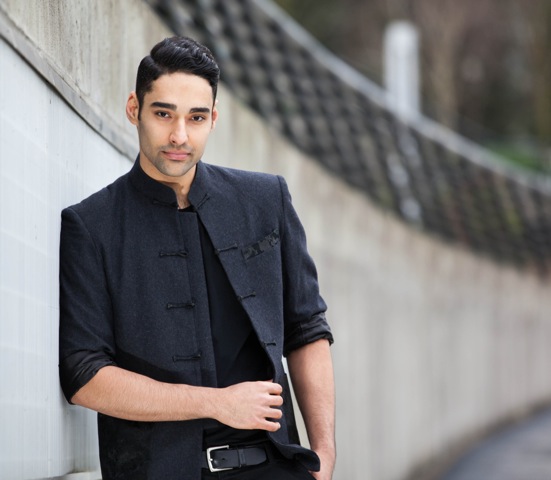
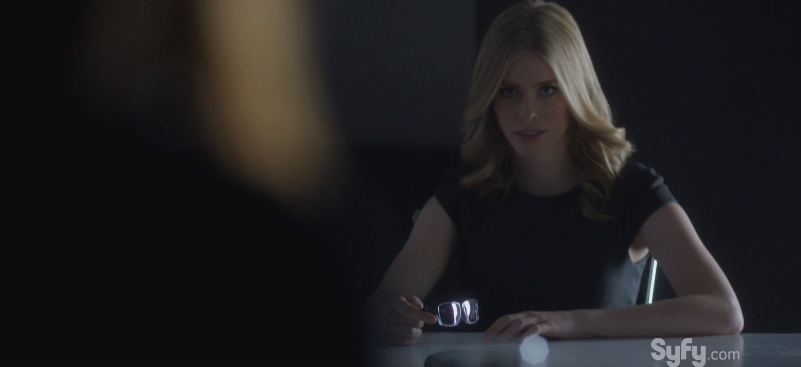
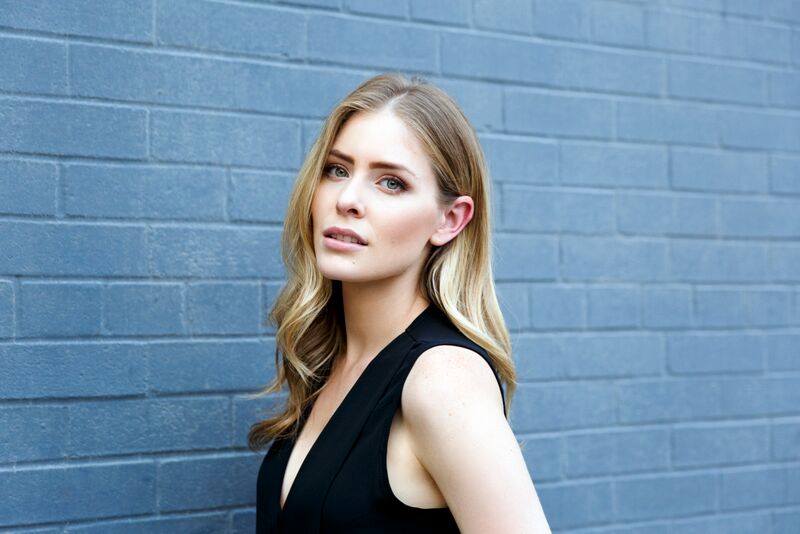
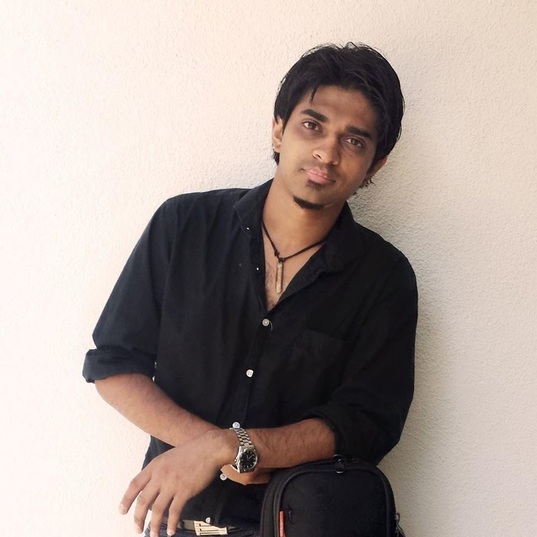


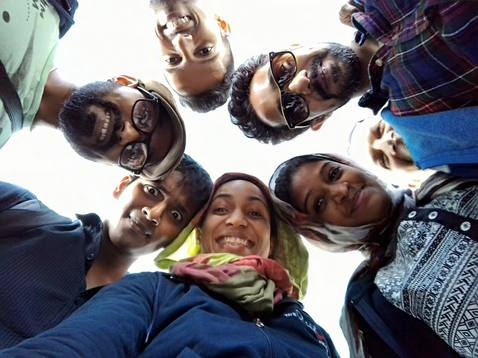

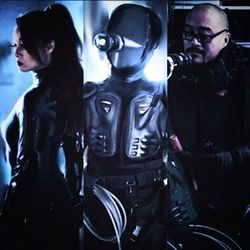
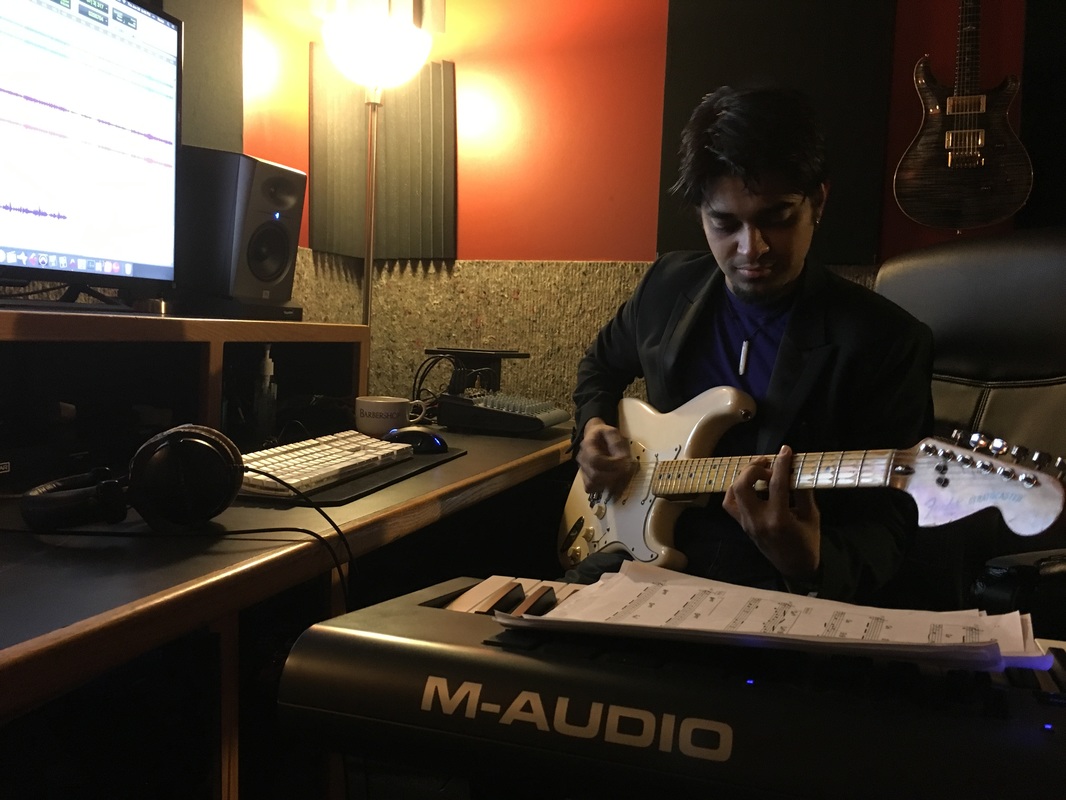
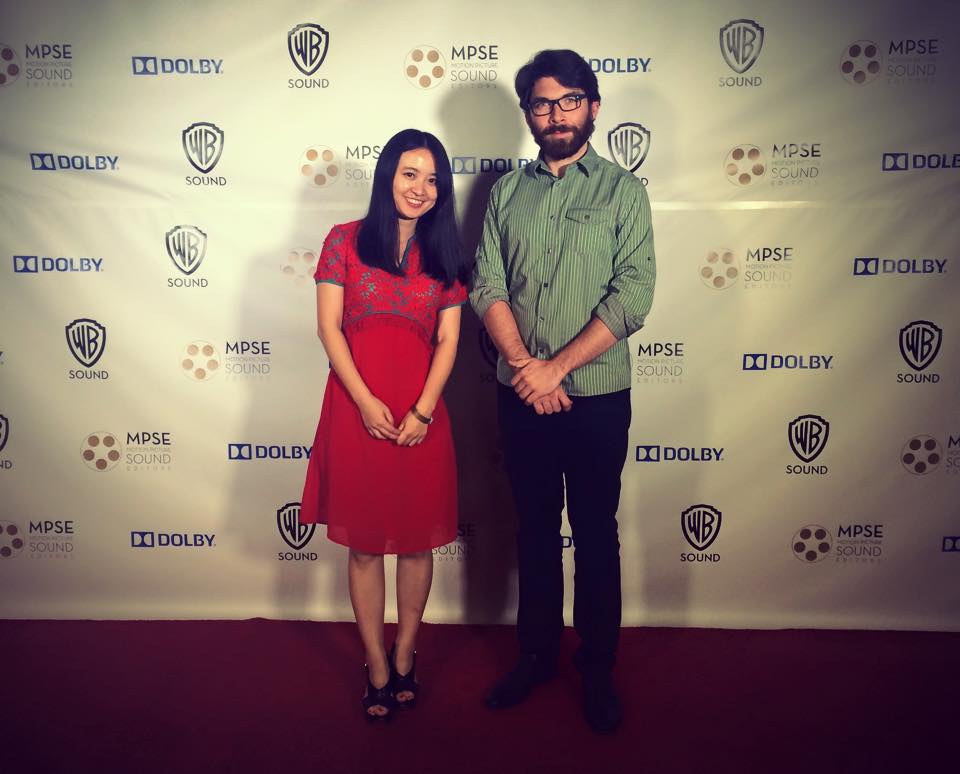
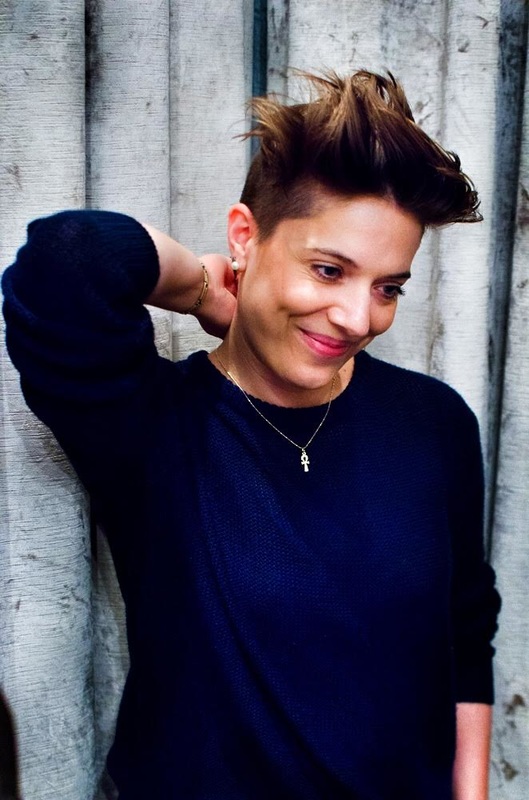
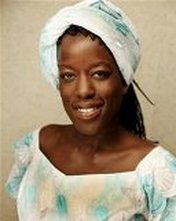
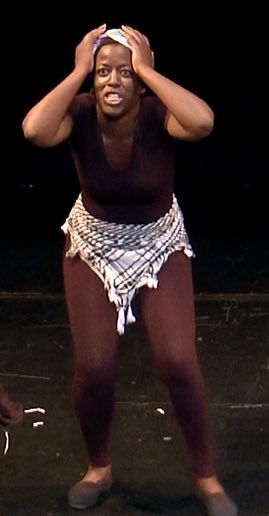

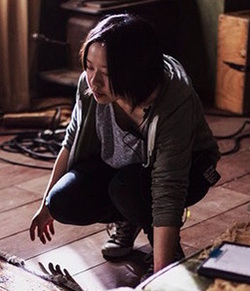
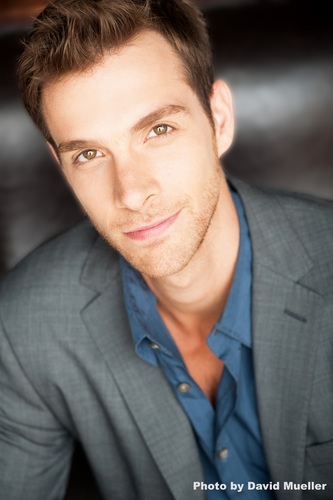
 RSS Feed
RSS Feed
